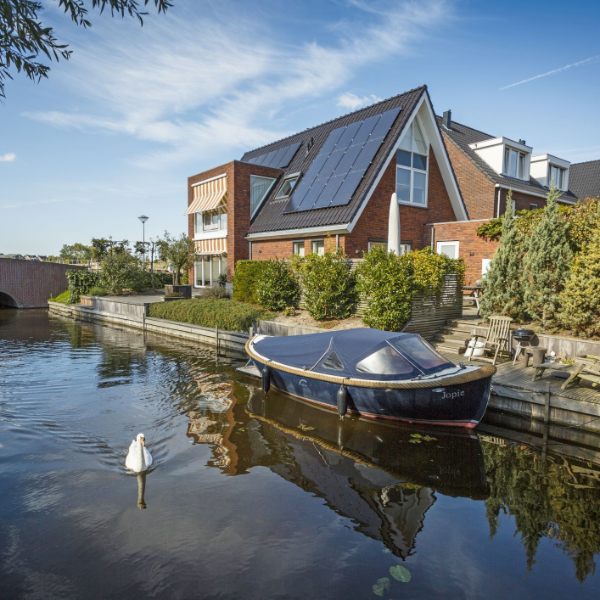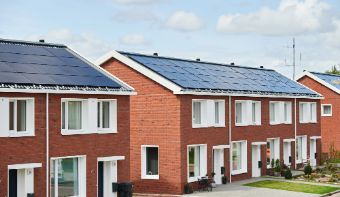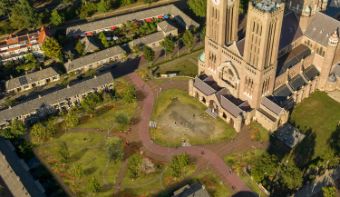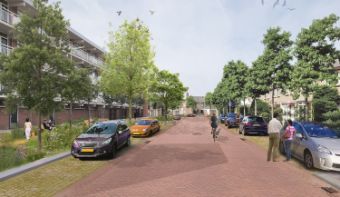Sustainable construction and climate change adaptation
Partner in sustainable construction and climate change adaptation

Sustainable construction and climate change adaptation
Sustainability, specifically carbon emissions and circularity, increasingly determines the design and construction of buildings, dykes, roads or bridges. Circular, climate-neutral and climate-robust structures are better for our living environment, are more energy-efficient and require fewer raw materials than traditional construction while being healthier for occupants and users.
Witteveen+Bos is involved in these transitions at multiple levels. We play a role both in policy and in risk analyses of existing infrastructure. This includes providing advice on whether a particular structure is actually necessary. We also play a role in the design, contracting and supervision of the implementation.
Accelerated switch
Given the targets on carbon emissions and the reduction of raw material use , clients are encouraged to accelerate the switch to circular, less emission-intensive designs, more sustainable materials and emission-free construction processes. In other words, are more sustainable or more climate-neutral and climate-robust alternatives available?
Life cycle
For the construction of a structure, we can calculate the environmental impact, including carbon emissions and other sustainability parameters, for various designs. Based on this data, we can advise on alternative design solutions and detailing, more sustainable material choices and construction processes.
In doing so, we consider the entire life cycle of an object. Can parts of the object be reused? With a flexible, demountable design, we can extend the lifespan of an object and thus reduce its carbon footprint. For example, by building according to the IFD design standard.
Witteveen+Bos is closely involved in developing sustainable materials such as geopolymer concrete and biocomposites (bridges), and innovative production methods such as 3D concrete printing (bridges, stairs, buildings).
Climate change adaptation
Climate change will increasingly impact our society, ecology and economy. Extreme rainfall events, accompanied by flooding and longer periods of heat and drought, will become more frequent.
We will have to prepare for these changes, both in urban and rural areas. There is a challenge to design cities to be less susceptible to heat, drought or flooding. We advise governments on how to adapt their city, villages and public spaces to warmer temperatures or heavy rainfall. In doing so, we also advise on infrastructure in relation to climate change adaptation.
Internationally active
Witteveen+Bos is also active internationally in areas that are extremely sensitive to the effects of climate change. This is the case, for example, in deltas in Southeast Asia where heavy rainfall, land subsidence and sea level rise make urban regions and its inhabitants more vulnerable.
For example, Witteveen+Bos is involved in the climate change adaptation strategy for the Vietnamese city of Ho Chi Minh. For Trinidad, our experts have drawn up a drainage plan. This plan includes both strategic advice and rationale for international lending and a specific development of measures.
More information?
We happily answer all questions. Please contact us via the form.





